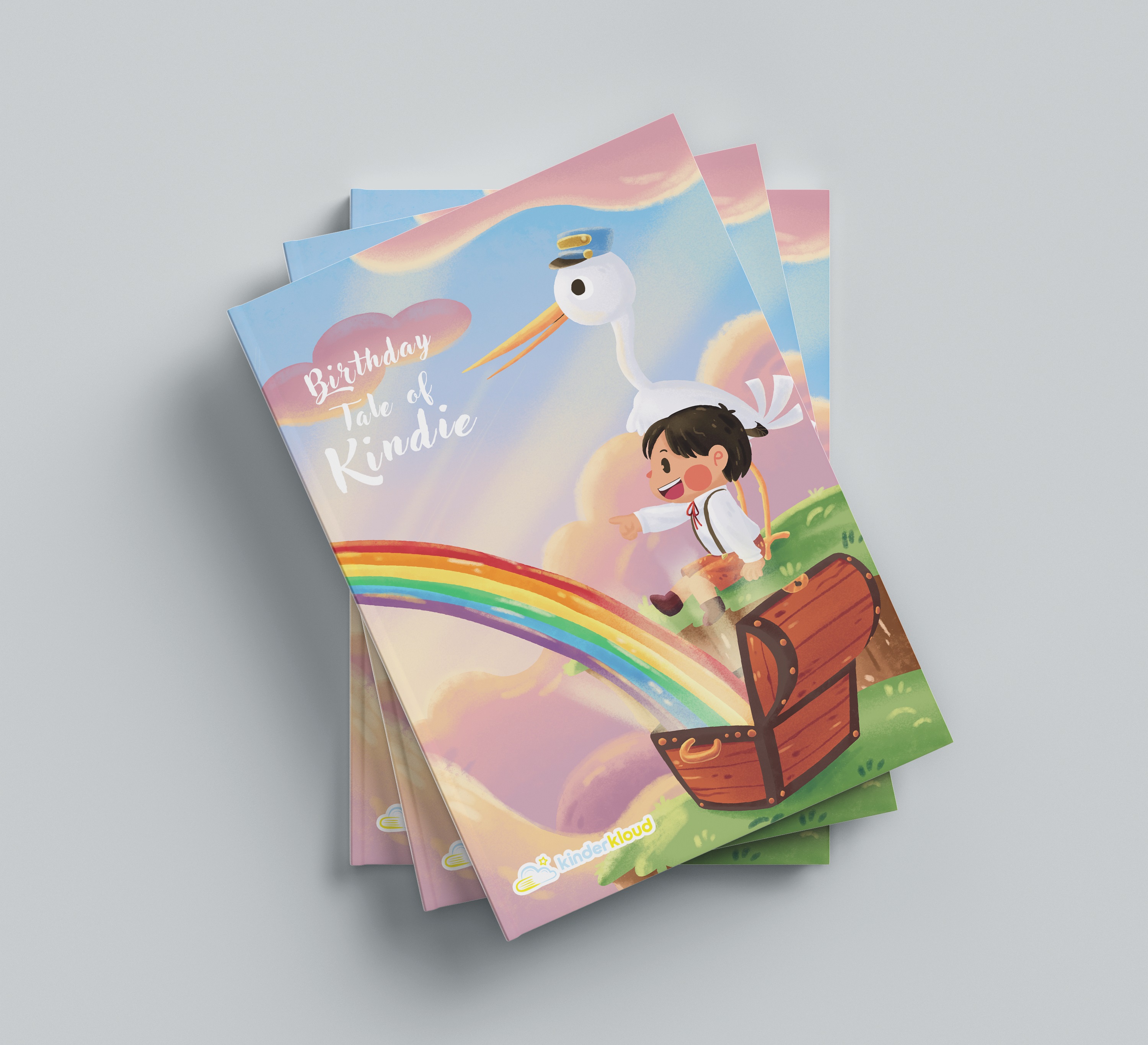How to prevent feeding problems?

Data suggests that the prevalence of typically developing children who exhibits feeding problems are up to 50% (Phalen, 2013). Children around the age of two usually started showing patterns to avoid or being reluctant to eat new foods. This is called neophobia. Research suggest that it is a common, normal part of development. Neophobia is usually temporary as caregivers being consistent offering new foods (Dovey, Staples, Gibson, & Halford, 2008). For some children, however, this condition may persist and evolve into feeding disorder.
What is a feeding disorder?
It is when a child does not consume sufficient food intake in quantity or variety, to maintain nutritional status. This condition may result in malnutrition, eight loss, frequent illness, dehydration, and failure to thrive. In addition, they may develop behavioral and learning problems.
What are some common problems in feeding disorder look like?
- Total food refusal
- Food selectivity according to food type in a food group
- Food selectivity according to texture
- Liquid dependence
- Bottle dependence
- Expulsion (spitting out foods)
- Packing (pocketing food)
- Inappropriate mealtime behaviors (crying, throwing foods, hitting the spoon or feeder)
How does a typical feeding compare to disordered feeding?
Some examples of typical feeding compared to disordered feeding:
|
Typical |
Disordered |
|
|
(Vaz & Piazza, 2011)
The role of multiple factors
It is important to understand that feeding disorder may be affected by different factors, including medical, anatomical, developmental, and/or behavioral condition (Morris, Knight, Bruni, Sayers, & Drayton, 2017). Thus, multidisciplinary intervention is important.
Impact on family life
Eating is part of social and cultural standards. Many parts of our social and cultural practices involve around eating, such as big holiday celebration, family gathering, family night out, etc. Families may experience stress due to concerns revolving around their child’s feeding issues.
How to prevent persistent feeding problems
- Establish meal and snack schedule. This will promote and teach healthy appetite.
- Repeatedly offer new foods. It takes some time for children to develop food preference.
- Consistently offer a variety of foods with age-appropriate portions. The idea is to get them to sample the foods.
- Serve meals in settings that provides clear structure or cues that “this is mealtime”. If parents want the child to eventually eats at certain setting, teach the child to be eating in that area.
- Parents model eating variety of foods and appropriate behaviors. Children observe adults and how they behave. By modeling these behaviors, it may increase the possibility that they may eventually eat what adults eat and behave the way adults behave.
- Ignore minor, age-appropriate messiness. Learning to eat can be messy as children’s motoric skills are still developing. Parent does not have to be constantly wiping the child’s face or eating area.
- Limit meal or snack time. Keeping a child at an area longer than 30 minutes usually does not result in increased food intake.
- Provide positive social interaction, especially for specific eating behavior you want to see more often.
- Encourage self-feeding when possible. It may take time at the beginning, but it may save parents time in the long run during mealtime. Plus, the child gets to practice their motor movement and promote more independence.
Note that this content is general information and is not specific professional advice. Consult with appropriate service provider if you have concerns about your child.
Tiara Putri, M.S., BCBA.
BehaviorPALS
References:
Dovey, T. M., Staples, P. A., Gibson, E. L., & Halford, J. C. (2008). Food neophobia and ‘picky/fussy’ eating in children: a review. Appetite, 50(2-3), 181-193.
Phalen, J. A. (2013). Managing Feeding Problems and Feeding Disorders. Pediatrics in Review, 34(12), 549–557. https://doi.org/10.1542/pir.34-12-549
Vaz, P. C., & Piazza, C. C. (2011). Behavioural approaches to the management of paediatric feeding disorders. In A. Southall & C. Martin (Eds.), Feeding problems in children: A practical guide (2nd ed., pp. 53-73). Oxford: Radcliffe.
feeding, feeding problem, food refusal, food texture, food selectivity, picky eaters
Pre-school 2 Years - 4 Years / 2 Tahun - 4 Tahun (Balita) / General Health / Kesehatan Umum / Health / Kesehatan / How to prevent feeding problems?
Comments















